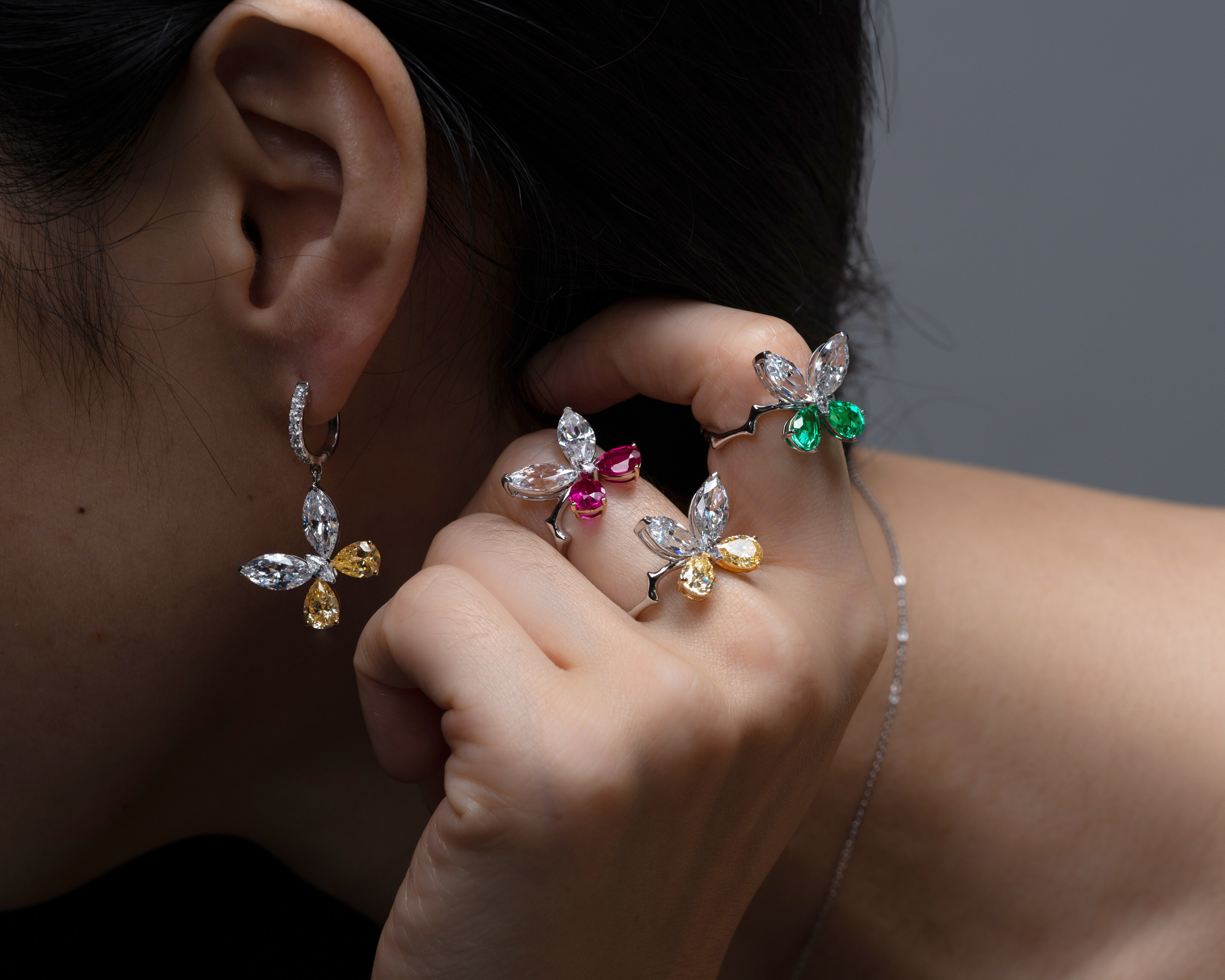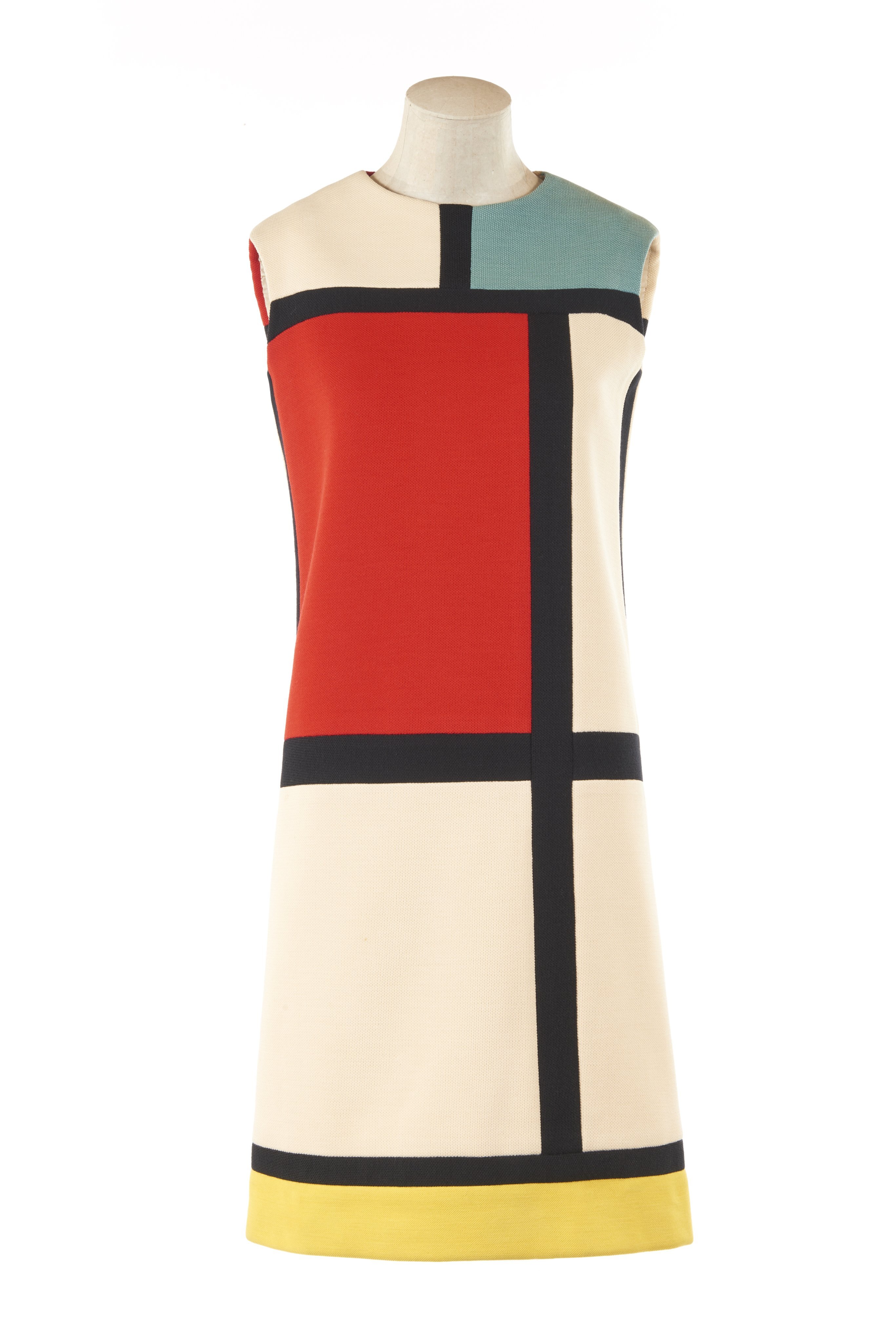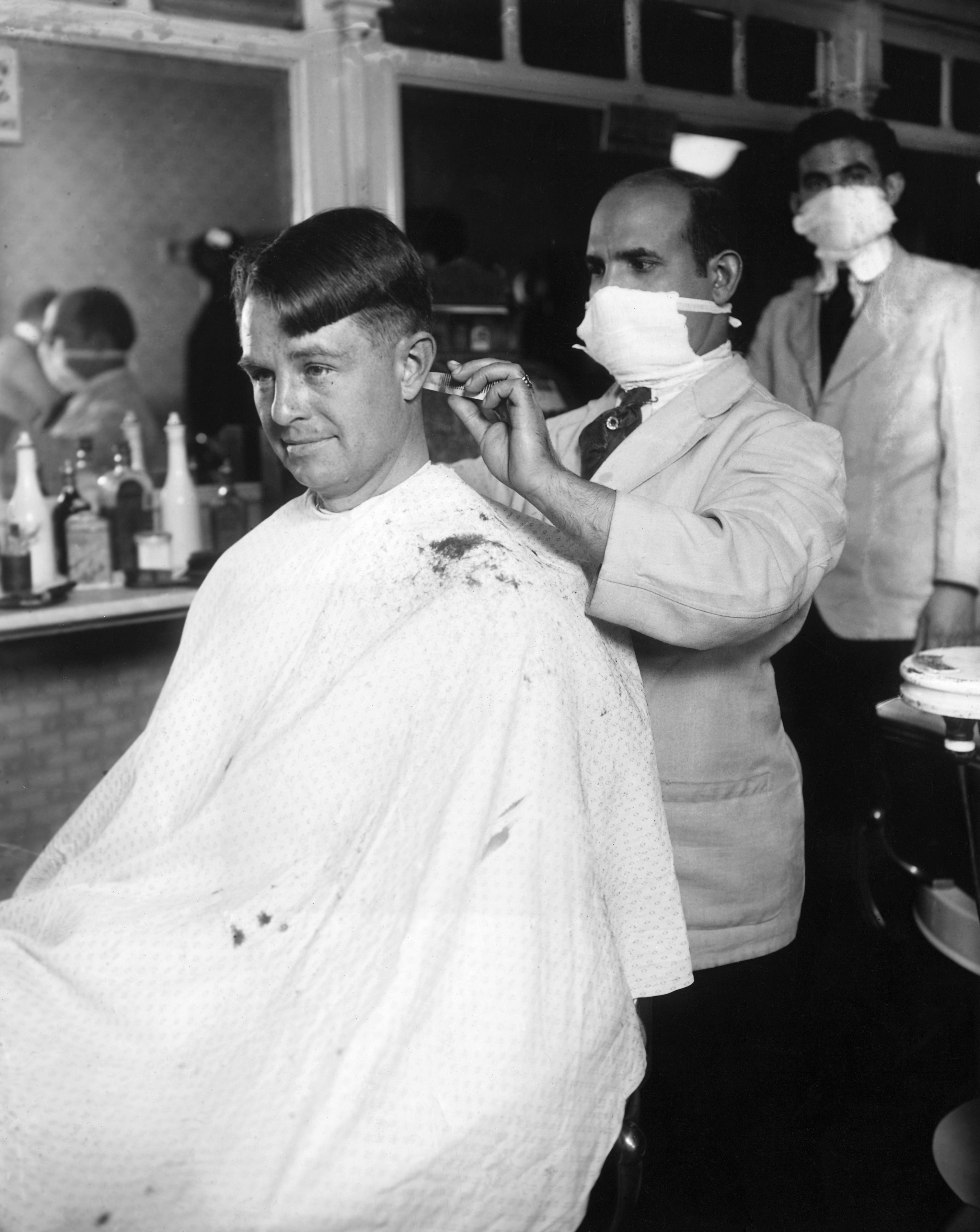Then & Now | Face masks’ wide public use began with Spanish flu, and soon embroidered ones became popular
- There’s nothing new about wearing face masks to combat the spread of disease – reusable, patterned cloth ones were worn by many in the Spanish flu epidemic
- The practice spread widely, even to rural Australia, as this writer was reminded on a visit to an elderly godmother soon after the Sars outbreak ended in 2003

The Spanish flu epidemic, which broke out in 1918 and claimed tens of millions of lives by the time it finally subsided, in 1921, first brought the concept of face masks to the world’s attention.
Hitherto seen only in operating theatres and similar medical settings, this earlier global pandemic helped make populations aware that forms of nose and mouth covering, such as face masks, helped reduce the spread of highly transmissible infectious diseases.

Confirmed cases were isolated, and camp-produced masks, made from white cotton, gauze or other fabrics, were worn by all those undergoing quarantine, and anyone else who came into close contact with them. These masks were sterilised by boiling before reuse. Scarce resources meant single-use disposability – the norm today for such items – was impossible.













